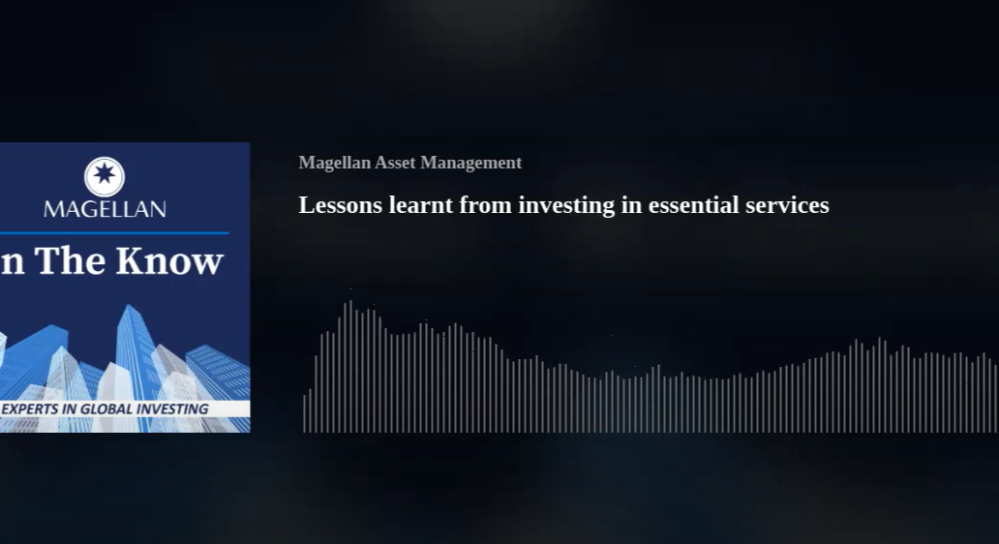The most recent results from Amazon will wrap up a string of earnings announcements whose impact will be felt well beyond the sector itself. Just five tech stocks have accounted for two thirds of the S&P’s 8pc rise so far this year, a much bigger proportion than the fifth of the index’s capitalisation they represent.
The last year has been a roller-coaster for the US market’s most influential stocks. Shares plunged between US spring and autumn 2022 and have rallied strongly over the past six months. The first quarter earnings numbers will help determine whether the recovery to date is justified or wishful thinking. Early signs from Microsoft and Google-owner Alphabet exceeded expectations.
To understand where tech stocks go next, it’s worth dwelling on why 2022 was so bad. The key driver was the unexpectedly rapid rise in interest rates. Tech stocks, like all high growth shares, are vulnerable to monetary tightening. That’s because much of their value is accounted for by expectations about future growth. The present-day value of future cash flows is magnified when the discounting calculation is based on a low interest rate.
So, the US Federal Reserve’s (Fed) determination to get on top of inflation last year was a negative for technology share prices even before you consider the impact of higher rates on broader economic activity. It goes some way to explaining why Amazon, for example, lost half its value between March and the end of last year. Or why Apple’s market capitalisation fell from US$3trn to US$2trn over the same period.
The jury is out on whether we should view technology shares as high growth cyclicals or defensives. But the second reason for last year’s slump was the shortening odds on a damaging recession. Historically central banks have tightened until something breaks and tech stocks cannot be expected to swerve an economic slowdown. The recent reported growth in search advertising and better than expected cloud revenues suggest the sector may be more resilient than feared.
The third headwind for tech stocks last year was simply overvaluation. During the first 18 months or so of the pandemic, the sector looked like the major beneficiary of Covid lockdowns. Re-tooling corporate infrastructure to accommodate news ways of remote working was a major windfall for hardware and software businesses alike. And, unsurprisingly, some companies believed their own hype and over-expanded. They are now rowing back.
Other negatives last year included high and persistent inflation, damaged supply chains, a rising dollar which reduced the value of overseas earnings, and a shift from growth to value by investors looking for returns today rather than the promise of them tomorrow.
But just as there is no bad weather only the wrong clothes, tech investing looks like a case of wrong price at the wrong time rather than wrong sector. Having been significantly over-priced at the end of 2021, tech shares started to look compelling six months ago. You could tell something interesting was going on when value-focused investors like Dodge & Cox started buying growth-focused stocks like Amazon.
Shares fell last year to such an extent that tech stocks began to look cheaper in some cases than the market as a whole. Meta’s valuation fell from 26 times earnings to 16, less than the average multiple for the S&P 500. Google-owner Alphabet was valued at over 30 times earnings at its peak but fell to 17. Microsoft slid from a price-earnings ratio of 34 to just 21.
Did we reach a turning point at the end of last year? For that to be so and for the recent rally to go further from here, investors will want to see evidence that the sector’s margins are sustainable. One of the keys to that will be the extent to which the job cuts that started to be announced at the beginning of the year are maintained.
Secondly, it must become clear that the pandemic-era upgrades were more than a flash in the pan. The move to the cloud is key to the next wave of corporate spending. Thirdly, the teething problems with artificial intelligence must be overcome so that investors can reassure themselves that a new surge of innovation can kick start the next phase of growth.
In the short term, the Fed must play its part too. May’s rate-setting meeting will be key to sentiment in the sector. If investors start to believe that interest rates have peaked and will start to fall to a new normal in the second half of 2023 then those valuations can regain their accustomed premium.
We have, of course, been here before. The bursting of every stock market bubble in history has been punctuated with sometimes sharp counter-trend rallies. In March 2000, the Nasdaq index peaked at just over 5,000, having quintupled since 1995. By May of that year, the tech-dominated benchmark had lost 40pc of its value before recouping half of that loss by July to stand above 4,000. Two years later it was 1,100.
History does not repeat itself. Tech valuations were a lot higher in 2000 than they were in 2021 and these companies are no longer just hopes for the future but essential contributors to our business and personal lives now. It is, however, a salutary reminder that investors can hold onto their previous beliefs long after they are no longer serving them.
If you are invested in a global tracker fund, a tenth of your investment will be held in just three stocks – Apple, Microsoft and Amazon. The next biggest investments will be in Nvidia, Alphabet, Tesla and Meta. Only then will you get to the first non-tech stock – ExxonMobil.













